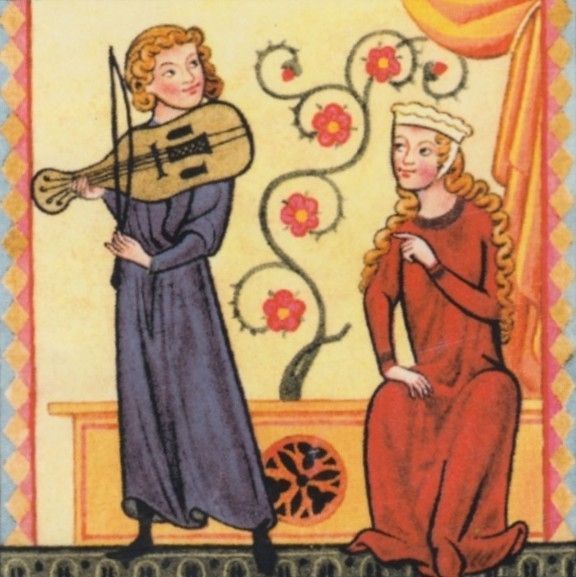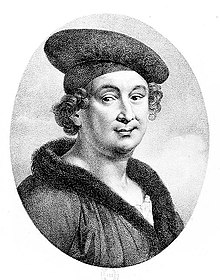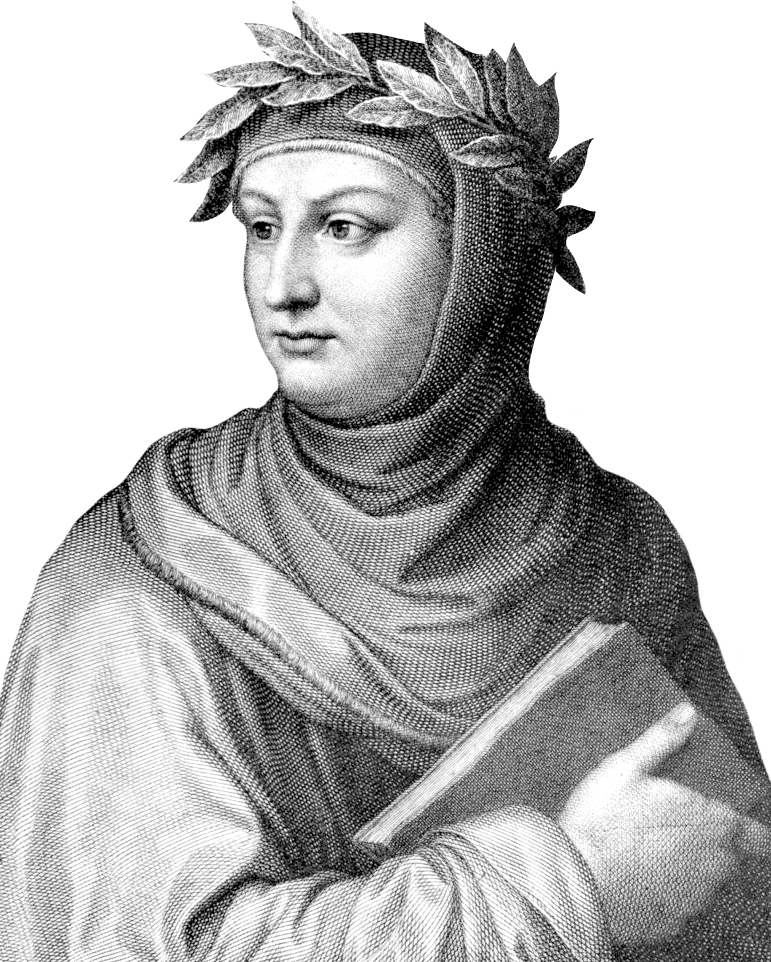Let us continue the theme of the Middle Ages!
Troubadours and brothels
Everyone in the medieval literature knows the troubadour songs, in which a knight begs the beloved lady in bile. Still, there was no chance that the relationship would become a reality.

Troubadour poetry in the XII. started from the southern French nobility of the 16th century. His main feature was that the poet always writes his songs to a married woman. The point was that the husband himself was not fit for love. He could not love his wife, could not bile for him, could not court him. The main reason for this is that in the Middle Ages, marriage between nobles was a simple property transaction. And the parents arranged it. The young people to be married had no say in it. Money married with money, land with land, and so on. Emotions played no role.
Also, the purpose of marriage is to birth, a child who has inherited the family property. So the husband cannot feel anxiety and torment, which is one of the essential components of troubadour love. The chief virtue of knights in troubadour love is patient humility, with which he endures the torment of a woman adored from afar.
The ideal lover
A true hero-loving knight is humble, kind, attentive, making sure everyone has a good opinion of him. The knight avoids profanity and rudeness. The ideal lover can earn the mercy of his lady if he patiently bears the spiritual pains. The essence of this love is the constant threat and uncertainty, where suffering and true love belong together. The troubadours even compete with each other to see who suffers better.

A true lover is very discreet, and he would never reveal where his love affairs are. According to the troubadour songs, the lady may have rewarded her persistent knight. But what that was, the knights did not reveal much about, because, as we know, they were discreet. One possible reward might have been the sight of the beloved woman’s naked body, and the other was a kind of love test that we could best describe today with the word petting. The lady allowed the man to lie next to her after promising that she would behave following the requirements of moderation.
Moral superiority
It was an everyday reality in the 12th-century France that in noble families, the firstborn son inherited the property. And the other boys were either given to a priest or served in a nearby castle lord and remained wealthless. That’s why they couldn’t even think of marriage. So they needed something in which they could be more than and rich above the wealthy knights — at least morally. And that was pure, Platonic love. However, he formulated the sexual overheating of knights in literary form. It also drew a sharp line between nobles and citizens and peasants who mated in the “animal way.”
Marriage as a sacrament
However, based on many literary works – Boccaccio, Villon, Chaucer – it can be thought that the whole of society was obsessed with sexuality.

A XII. century, the church made marriage a sacrament, and sex between spouses served to create the blessing of children. Everything else was considered sinful fornication. If the woman did not give birth to a son, the husband often confused her: she gave her to a convent, “proved” infidelity, adultery, or found out a “kinship” she had not yet guessed at the time of the marriage. However, if the wife had indeed cheated on her husband, her punishment was a death penalty. Many medieval customs were awaiting her death! Unless the husband himself had done so before.

Brothels, baths, and rape
The poor and unmarried knights found relief in brothels. Despite early medieval prohibitions and severe punishments, prostitution was introduced in the XI-XII. century lived its heyday. The organized prostitution was the strongest guardian of marriage. Because it protects married women from the seduction of unmarried men and provides young men with an opportunity “without consequences.” Even St. Thomas Aquinas said about the brothels, that they are “necessary evils”.
There were brothels in every city where, according to their social rank, budget, and taste, everyone found the woman they liked. There were brothels for the ordinary people, and especially for the gentlemen, which could be used with certain moral and hygienic rules (prayer three times a day, ban on the admission of virgins and married women). Prostitutes over the age of 30, mostly married and often became respected mothers and virtuous matrons.

The brothel accessories were the the medieval bathhouses. Everyone in these houses was naked. And the bath girls were happy to fulfill all the wishes of the guests. However, from the 16th century onwards, the church increasingly complained that men and women, honorable women, and prostitutes bathed together so that the bathhouses were soon closed.
Rape as fun
Rape was a usual custom in the eyes of medieval youth. Every second young urban man took part in such action at least once in his life at the age of 16-26. Most of the violence took place in public. The authorities did not punish their activities either, because young people often singled out their victims in the role of “moral beaker”: women who were already in bad news: priest lovers, widows, adulterous women, foreign female visitors. The violence was often introduced by cat music held under the victim’s widow. Then a team of 4-15 people broke into the house and raped by the whole company, accompanied by harsh punches and loud whips. It was a peculiar ‘gangbang’ in the Middle Ages.
Read more about the sex in the Middle Ages here! Ore read some infos about Byzantium here and here, which was morally down.